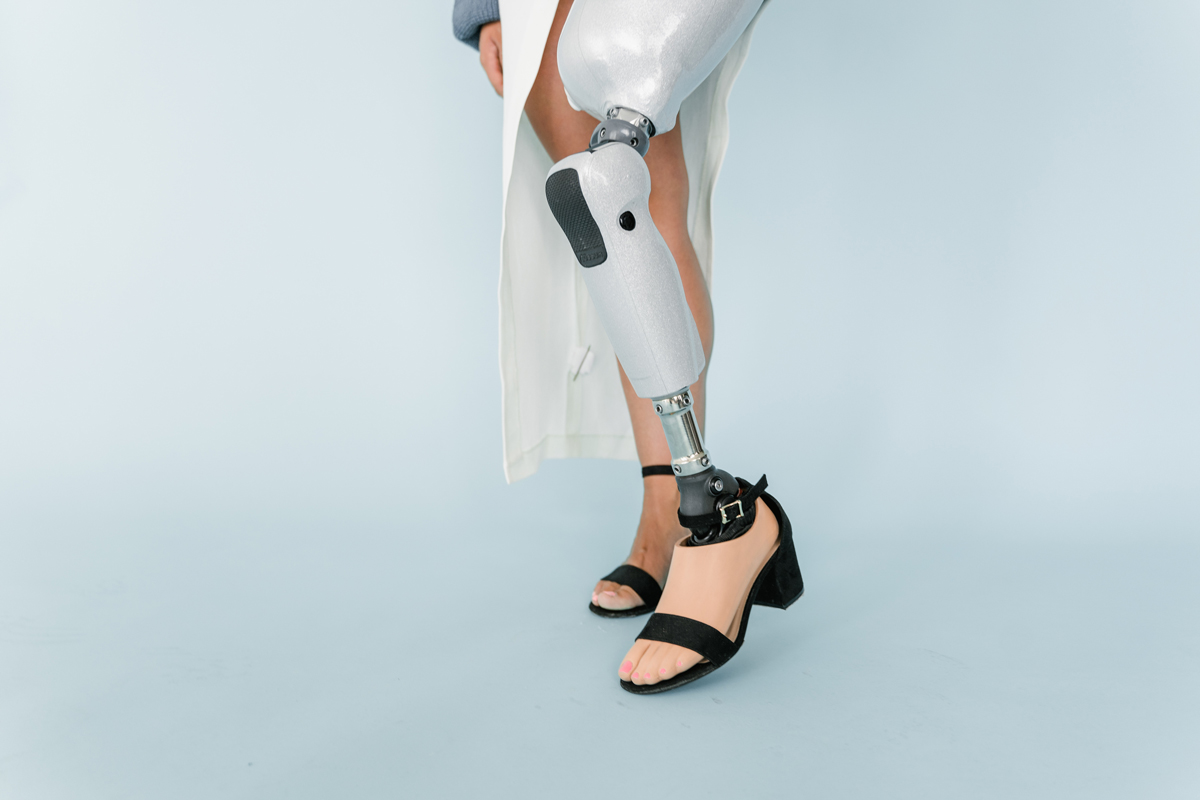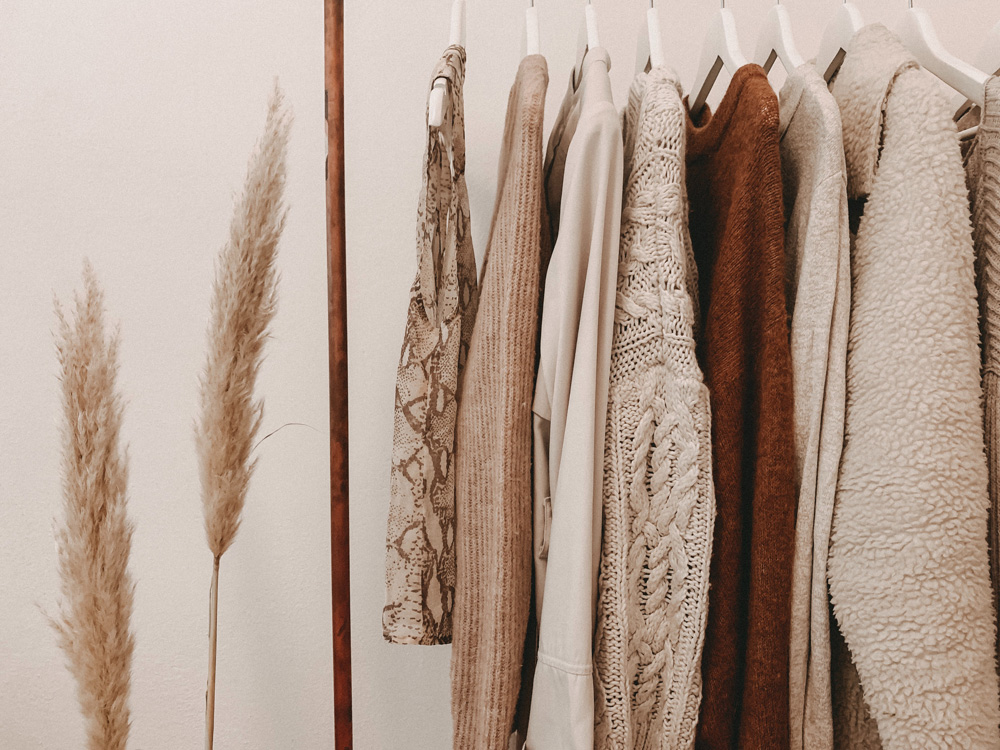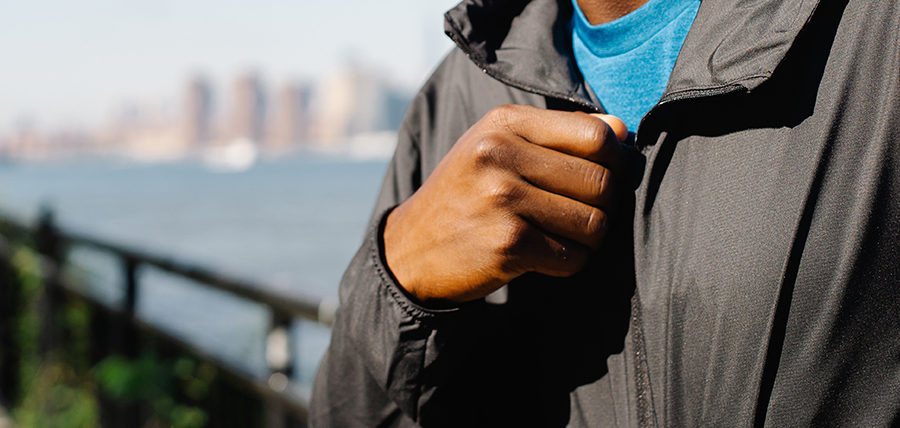Many of us have or know someone who has experienced health challenges that make everyday activities like self-care, cleaning and dressing difficult. Brands like OXO Good Grips found their niche by overhauling the kitchen utensil drawer to make it easier for everyone to perform essential activities. It’s time we overhaul fashion to meet the needs—and styles—of people with adaptive needs. Not only is this an incredible opportunity to help people maintain dignity and independence, but it’s a relatively untapped market, rife with opportunity for apparel brands.
Reimagining Adaptive Fashion
In the past, adaptive fashion was difficult to find, and there was really nothing fashionable about it. These days, greater access to adaptive fashion recognizes the wide variety of consumers with different adaptive needs who want to dress stylishly. But there is a big opportunity to more fully embrace adaptive fashion, as the industry will be worth an estimated $400 billion by 2026.

Adaptive Fashion, Defined
Adaptive fashion is clothing that is designed for the unique needs of people with disabilities that is also fun, stylish, and trendy. Adaptive needs are as varied as are the people who need them. Some adaptive clothing is designed to foster independence, with magnets, Velcro, and zipper closures rather than laces and buttons. Some adaptive clothing has disguised openings that allow the wearer access to tubes and monitors, and some are designed to work with prosthetics. Stylish and fashionable designs have long been difficult to find, but a number of popular brands are embracing adaptive fashion.
However, as journalist Gus Alexiou explains, there is still a long way to go. “For a start, a paucity of consumer choice and competition inevitably drives prices up and makes products harder to source. Beyond this, personal style and identity is just as important for the disabled consumer as anyone else – therefore, limiting the pool of products available to them only narrows and curtails such choices.”
Brands Breaking into Adaptive Fashion
As the Internet revealed Influencers sharing DIY adaptive fashion hacks and throngs of people with disabilities showed interest in trendy clothing that could fit their needs, retailers answered the call.
Target has introduced an entire line of adaptive clothing for kids. They have designs for kids with autism and sensory issues who need clothing without itchy tags and scratchy seams; clothing with abdominal access for kids with stomas; and clothing with side openings that are easier to put on for kids who use wheelchairs. Tommy Hilfiger has an entire line of adaptive fashion featuring clothing with easy closures, styles designed to be worn with prosthetics, and for those needing abdominal access. Zappos is now carrying an entire line of BILLY Footwear, with easy to use slip on shoes with side zippers

#RethinktheRunway
At the forefront of bringing awareness to the need for adaptive fashion is the Runway of Dreams Foundation, whose mission is to “empower people with disabilities with confidence and self-expression through fashion and beauty inclusion.” The foundation has garnered support from a range of brands and retailers, from Neiman Marcus to Kohl’s. Bringing so much visibility to the growing need for adaptive fashion is having an impact. Their New York fashion show, #RethinktheRunway, brought adaptive clothing – and their models – into the spotlight.
Opportunity in Adaptive Fashion
The future of adaptive fashion is exciting, not just for big brands but for creating entrepreneurship opportunities. Journalist Jonathan Kaufmann writes for Forbes, “With the evolution of the economic realities and the social vision of adaptive fashion continuing to evolve across the catwalks of the world and the ubiquity of social media platforms, there is a question that arises what is the collective impact of adaptive fashion on the disability community? It can be argued that the rise in adaptive fashion is a recipe to look at issues such as social mobility. The growth of the space is not only confined to the larger brands but is a cradle of entrepreneurship where creatives with disabilities can define their paths and help shape a future economic reality.”

What’s Next in Adaptive Fashion?
Not only will we see a proliferation of brands entering the industry, but we expect to see new designers gain acclaim for their inclusive designs. We are keeping our eyes on these brands:
IZ founder Izzy Camilleri launched a line of clothing after being asked to create private clothing for an individual in a wheelchair. She now has an entire line, offering a wide variety of adaptive clothing “to offer timeless adaptive clothing to as many people as possible so that they live in comfort, style, dignity and empowerment.”
AUF AUGENHOEHE founder Sema Gedik’s cousin Funda, is a little person. Through her she discovered how difficult it can be to buy clothes for little people that want to participate in fashion and lifestyle and decided to launch a brand dedicated to creating fashionable choices.
Social Surge designs adaptive clothing that is ethically sourced and sustainably made. Because the founder, Meredith Aleigha Wells, is nonbinary, they chose to incorporate universal design into their fashion – the “first-ever universal fashion line that doesn’t segment consumers by their appearance or abilities.”
Liberare’s tagline is “adaptive can be sexy, too.” Founder Emma Butler recognized a gap in the industry and partnered with designer Maddie Highland to create lingerie that was more than just functional.
The Alternative Limb Project seeks to challenge the idea that prosthetic limbs should be made flesh tone to blend in rather than be a fashion statement unto themselves.

The Importance of Adaptive Fashion
Clothes do more than protect our bodies. They help us express ourselves. For kids, it can be about fitting in. For everyone, it can mean a huge difference in confidence. Kieran Kern says it best: “The importance of having adaptive clothing is something able-bodied people don’t really understand,” Kern says. “It’s not just about putting on a shirt. People start to see you as a person with a sense of style, and it sparks a conversation other than, ‘Oh, hey, I like your wheelchair.’ Accessible style is like this gateway—to acceptance, socialization, easier employment. Everything.”


